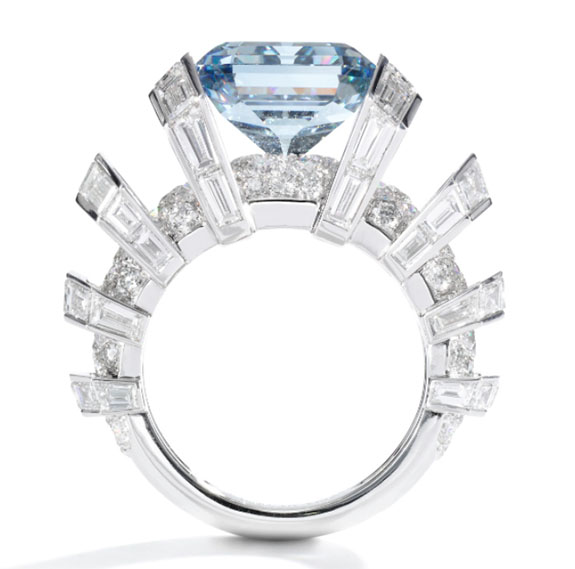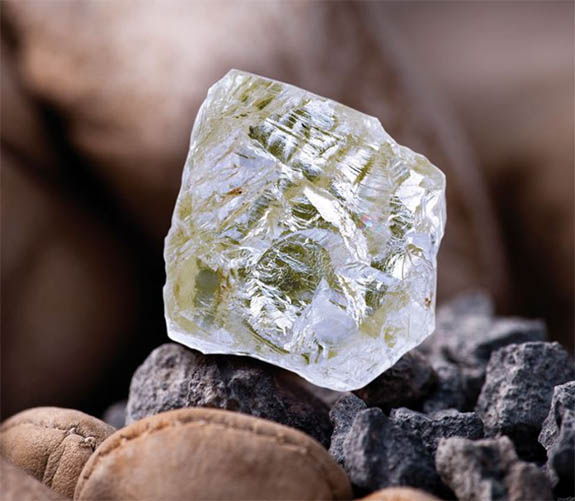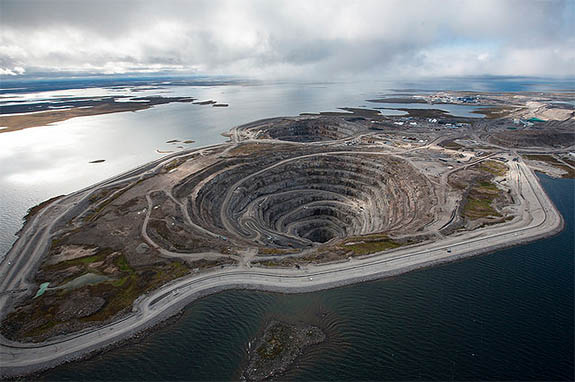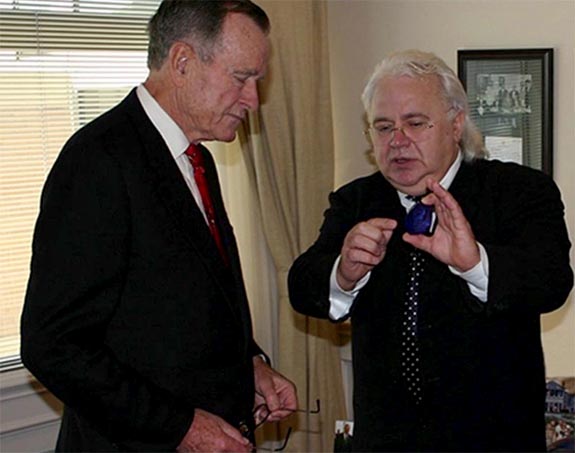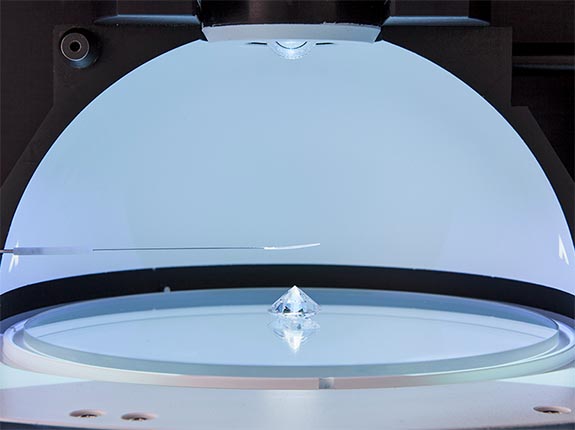Welcome to Music Friday when we bring you fabulous songs with jewelry, gemstones or precious metals in the title or lyrics. Today, 18-year-old Darby Walker — a self-styled hippy songstress — delivers an emotional, throwback interpretation of The Rolling Stones' classic hit, "Ruby Tuesday." The song is celebrating its 50th anniversary.

Walker, who is a Season 11 contestant on The Voice and a member of Team Miley, sang "Ruby Tuesday" in front of a live studio audience on Monday night and cemented her position among the top 11 finalists.
While this song written by Keith Richards and Brian Jones is about a lost love and not about a gemstone, we still rate it as our favorite "ruby" song of all time. (The official writing credit went to Richards and Mick Jagger.)
The famous reprise goes like this... "Goodbye Ruby Tuesday / Who could hang a name on you? / When you change with every new day / Still I'm gonna miss you."

Walker, who moved with her family from Atlanta to Los Angeles eight years ago so she could pursue a singing career, looks like she stepped out of 1960s time capsule. The hippy vibe permeates her "Ruby Tuesday" performance.
Interestingly, The Rolling Stones recorded "Ruby Tuesday" exactly 50 years ago, in 1966. It was released in January of 1967 and immediately ascended to #1 on the U.S. Billboard Hot 100 chart. Rolling Stone magazine ranked the song #310 on its list of the 500 Greatest Songs of All Time.
Ironically, the song was originally intended as the B side of “Let’s Spend The Night Together,” another Stones hit, but radio deejays at the time were uncomfortable with the adult theme of the A side, and chose to play the flip.
The Rolling Stones are credited with more than 250 million album sales. They are members of the Rock and Roll Hall of Fame and were ranked fourth on Rolling Stone magazine’s list of the “100 Greatest Artists of All Time.”
Please check out Walker's performance from Monday night's episode of The Voice. The lyrics are below if you'd like to sing along...
"Ruby Tuesday"
Written by Keith Richards and Mick Jagger. Performed by Darby Walker.
She would never say where she came from
Yesterday don't matter if it's gone
While the sun is bright
Or in the darkest night
No one knows, she comes and goes
Goodbye Ruby Tuesday
Who could hang a name on you?
When you change with every new day
Still I'm gonna miss you
Don't question why she needs to be so free
She'll tell you it's the only way to be
She just can't be chained
To a life where nothing's gained
And nothing's lost, at such a cost
Goodbye Ruby Tuesday
Who could hang a name on you?
When you change with every new day
Still I'm gonna miss you
"There's no time to lose," I heard her say
Catch your dreams before they slip away
Dying all the time
Lose your dreams and you will lose your mind
Ain't life unkind?
Goodbye Ruby Tuesday
Who could hang a name on you?
When you change with every new day
Still I'm gonna miss you
Goodbye Ruby Tuesday
Who could hang a name on you?
When you change with every new day
Still I'm gonna miss you
Credit: Screen captures via YouTube.com.

